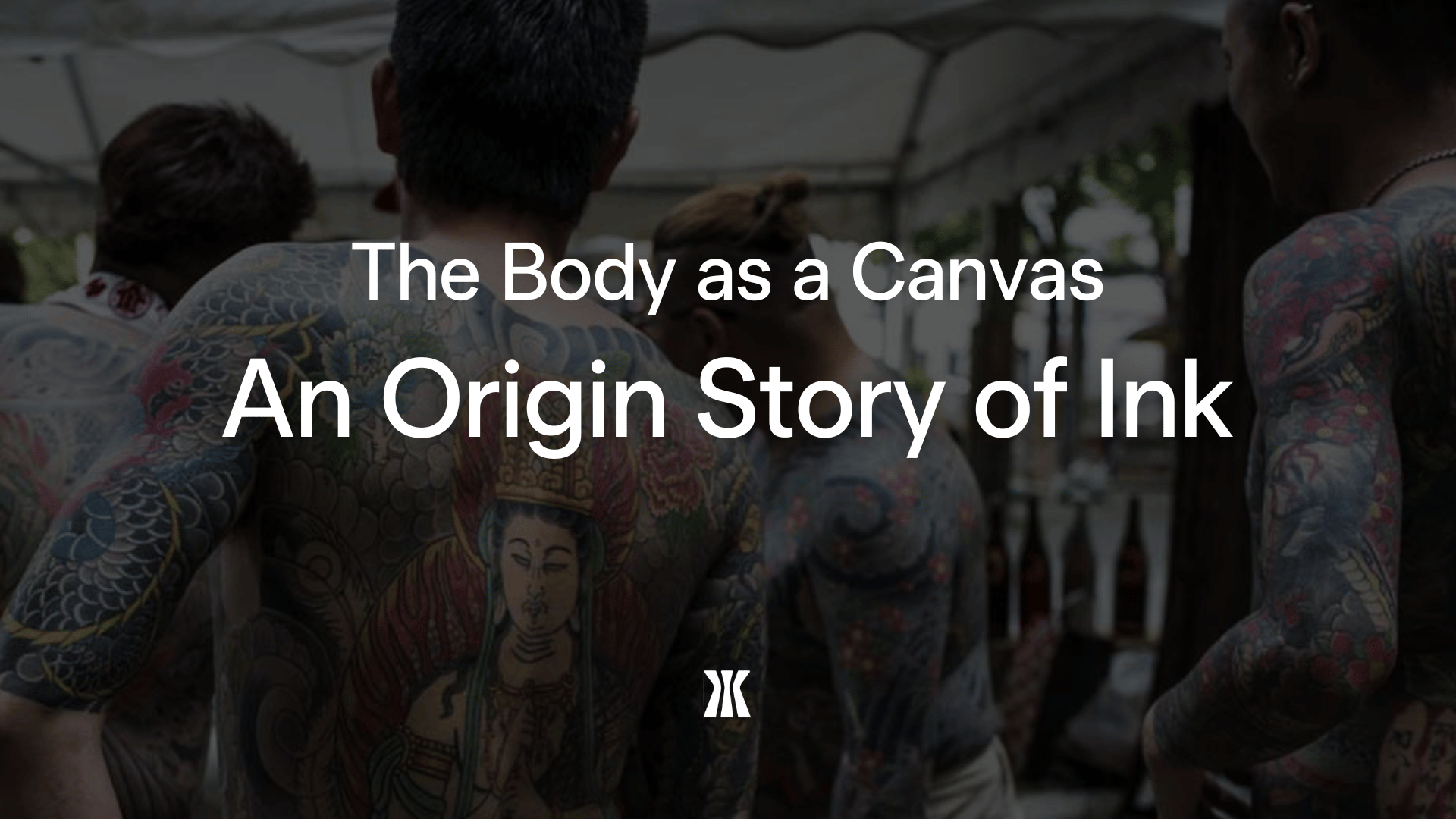Tattoos have been around for millennia — with evidence dating back to at least 3370 BC. The word "tattoo" comes from the Tahitian word "tatau," which means "to mark." It was introduced to the English language by Captain James Cook after his voyages to the South Pacific in the 18th century. Cook's crew members were among the first Europeans to get Polynesian-style tattoos, sparking an artform that would eventually integrate into cultures around the world. Let’s take a look at the history of tattoos and their evolution.
When it comes to the modern art of tattooing, we can trace its origins to the Polynesians. In Polynesia, tattoos are deeply rooted in religious and social traditions, with each tattoo telling a story and representing a personal record of the wearer’s journey, genealogy, and social status. The Maori people of New Zealand, who are part of the wider Polynesian culture, have their own distinctive facial tattoos called “Moko”, a form of identification as distinct as a fingerprint. For Maori men, moko kanohi is a rite of passage marking the transition from boyhood to manhood, and women typically wear moko kauae on their chins and lips to represent their social status and ancestry. Tā moko are performed by “tufuga ta tatau” (highly skilled tattoo masters), who may use traditional tools made from sharpened boar tusks, bird bones, or shark teeth to tap the ink into the skin — a prime example of handpoke.

Photograph by Grégoire Le Bacon
In Japan, tattooing dates back to prehistoric times, with evidence found in ancient clay statuettes. The Ainu, an indigenous people of Japan, used tattoos for spiritual protection and social signifiers. Later, during the Edo period, firefighters and Tobis (high-altitude workers) often sported large dragon tattoos, which were believed to offer protection in their dangerous professions. As tattooing techniques improved and designs became more sophisticated, a new profession emerged: the Horishi, or traditional Japanese tattoo artist. In the 19th Century, The Yakuzas adopted tattoos as a distinctive sign of organized crime. For the Yakuza, inked designs serve as initiation rites to prove members' commitment and membership of a clan, express their courage and values, while also marginalizing themselves from society. Irezumi — Yakuza tattoos characterized by their expression on a predefined body surface, cuff, back, body-suit — are very time-consuming and painful to get.The artist uses the tebori, a tool consisting of a bamboo stick with needles at the end, which are imbued with black Nara, an ink with blue-green pigments.

Photograph by Anton Kusters
For centuries, possibly even millenia, Berber women of North Africa have adorned their faces, hands, and bodies with intricate tattoos which are believed to enhance beauty, ward off evil spirits, and mark important life stages such as puberty and marriage. Different designs could indicate a woman’s tribal affiliation, have healing properties, or symbolize femininity and fertility. The patterns often include geometric shapes, dots, and symbols inspired by nature, each carrying its own significance within Berber culture. Traditionally, these tattoos were created using a handpoke method: A mixture of soot and natural dyes was applied using needles made from thorns or small bundles of needles.

Archive photograph of a Berber Woman
To this day, traditional Polynesian tattoos remain a sacred ritual in many communities and an integral part of the culture. Maori tattoo practices have experienced a resurgence since the late 20th century, as part of a movement to reclaim and celebrate their cultural identity. In New Zealand, the right to wear moko is protected by law and is increasingly accepted in professional and social settings. In Japan, while smaller tattoos are a little more accepted than before and even sometimes considered “cool”, the Irezumi form, still associated with the underworld, tends to frighten all generations. In North Africa, the practice of traditional Berber tattooing has significantly declined over the past century — likely due to Islamic influence, modernization and health concerns. The practice,however, is not entirely extinct, as these tattoos serve as a reminder of tradition and the complex cultural heritage of North Africa’s indigenous peoples.
Across continents and millenia, tattoos have served as powerful symbols of identity, spirituality, and social status. A complex interplay between social norms, artistic expression, and cultural identity, these diverse and unique traditions all speak to our innate human desire for self expression, our creativity, and our need to mark significant life events. As tattooing continues to evolve in the modern world, it carries with it the echoes of these rich cultural histories and transforms our bodies into living canvases of art and storytelling.




.jpg)